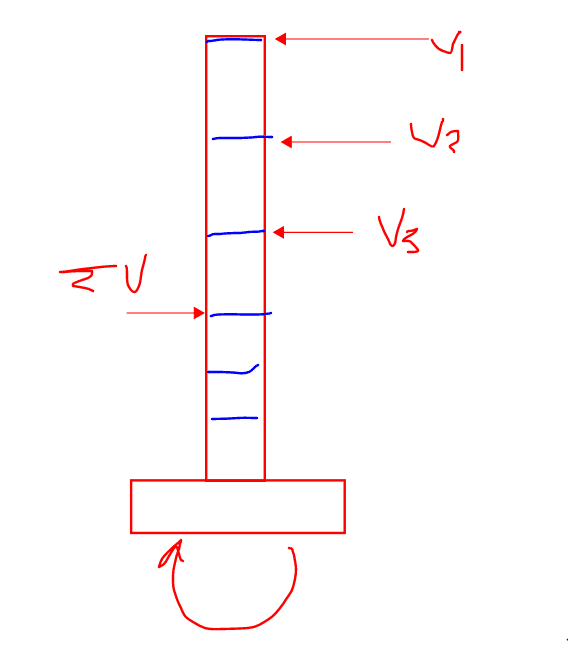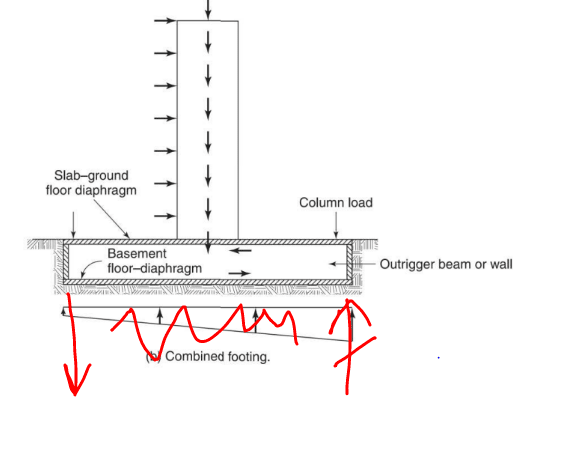Gus14
Civil/Environmental
- Mar 21, 2020
- 194
I was reading reinforced concrete mechanics by MacGregor about shear walls. The book says that a possible solution to decrease foundation size is to " Attach the base of the wall to the ground-floor diaphragm and basement floor to provide a horizontal force couple to react to the moment at the base of the wall ".
Does this mean there will be a lateral force running through the ground-floor diaphragm we need to design for?
Isn't this the case in every building? so this should be considered with every high-rise building with a basement, regardless of whether we need to reduce the footing size or not. Right?
I attached a snip of the book page,
Your file's link is:
Does this mean there will be a lateral force running through the ground-floor diaphragm we need to design for?
Isn't this the case in every building? so this should be considered with every high-rise building with a basement, regardless of whether we need to reduce the footing size or not. Right?
I attached a snip of the book page,
Your file's link is:


